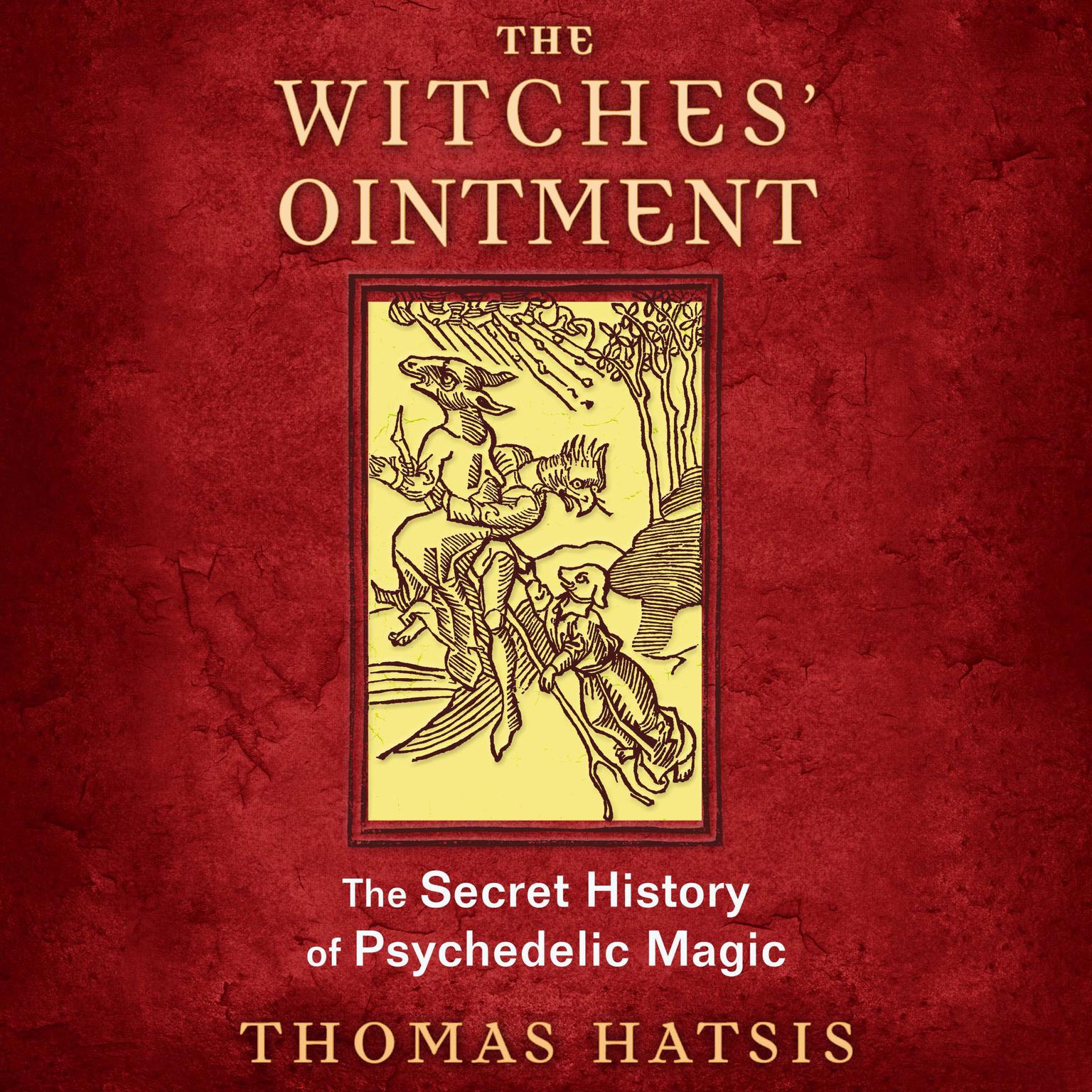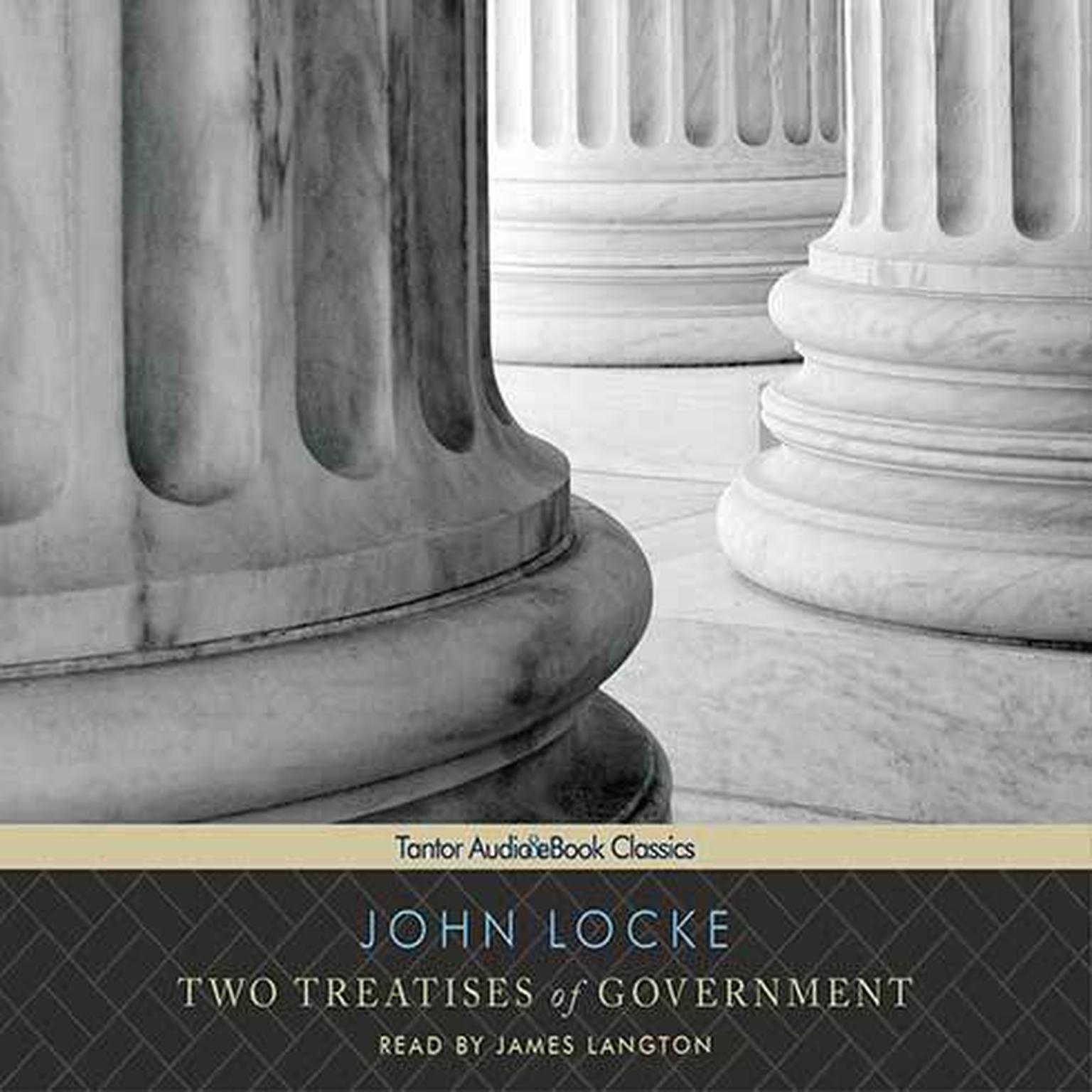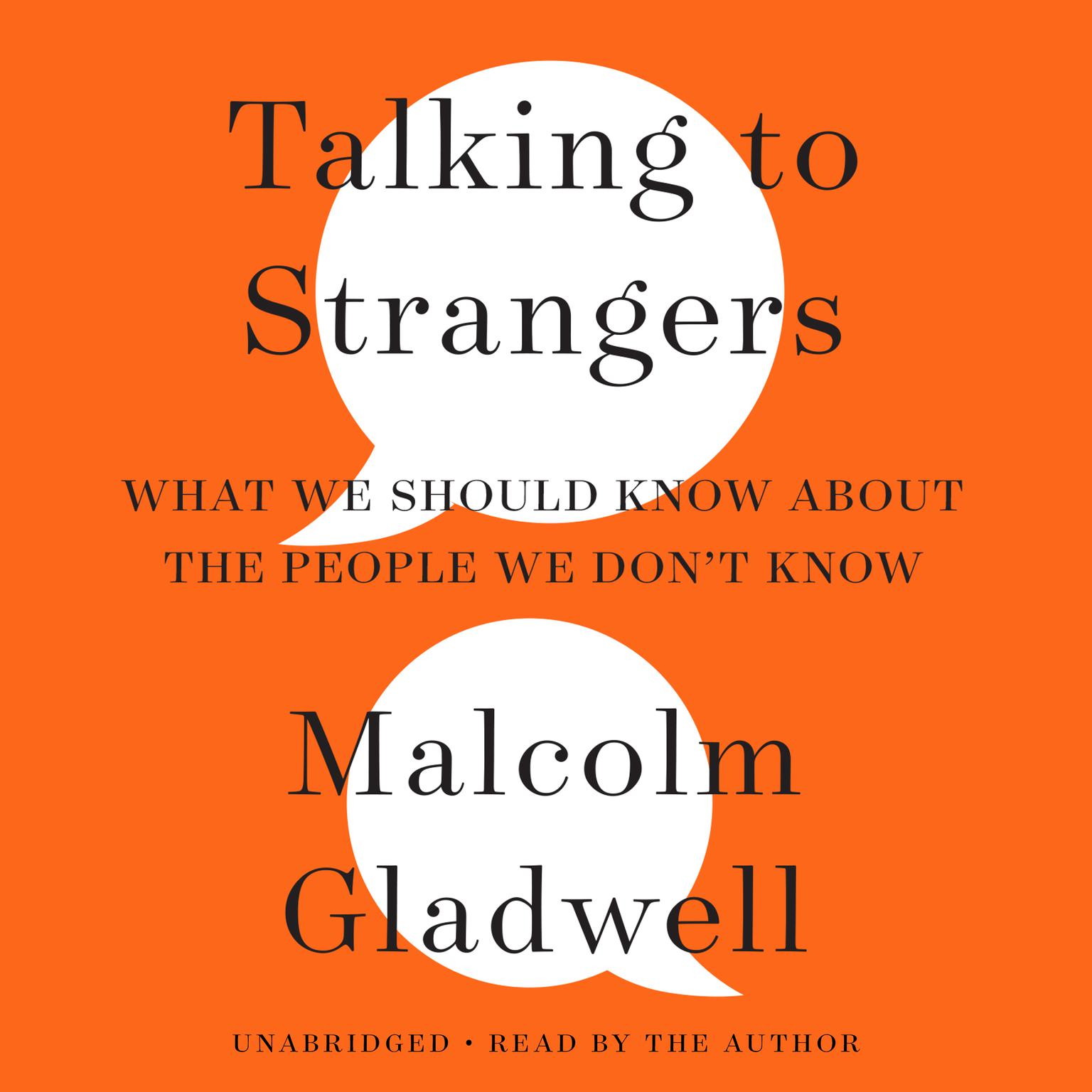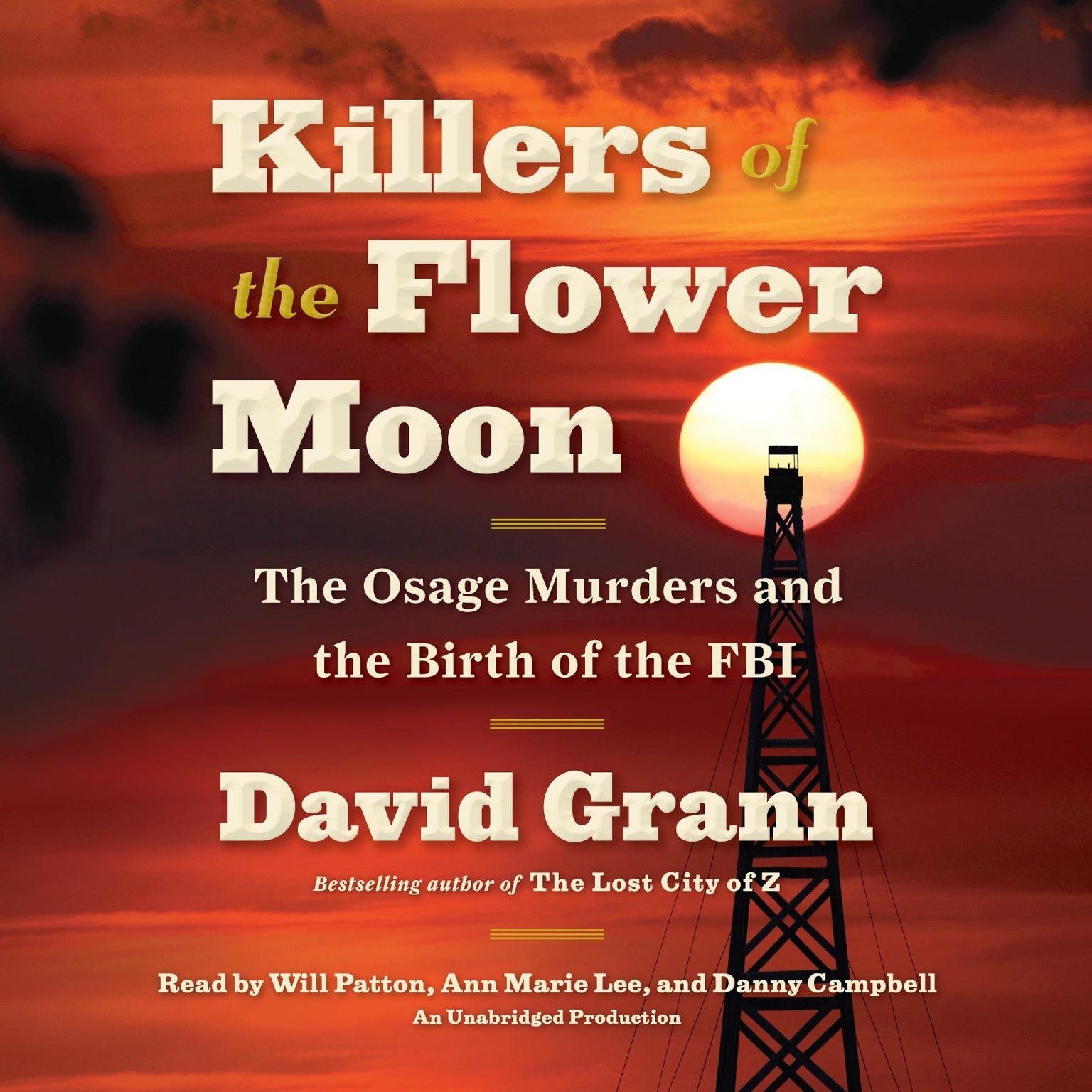Publisher Description
An exploration of the historical origins of the “witches’ ointment” and medieval hallucinogenic drug practices based on the earliest sources
• Details how early modern theologians demonized psychedelic folk magic into “witches’ ointments”
• Shares dozens of psychoactive formulas and recipes gleaned from rare manuscripts from university collections all over the world as well as the practices and magical incantations necessary for their preparation
• Examines the practices of medieval witches like Matteuccia di Francisco, who used hallucinogenic drugs in her love potions and herbal preparations
In the medieval period preparations with hallucinogenic herbs were part of the practice of veneficium, or poison magic. This collection of magical arts used poisons, herbs, and rituals to bewitch, heal, prophesy, infect, and murder. In the form of psyche-magical ointments, poison magic could trigger powerful hallucinations and surrealistic dreams that enabled direct experience of the Divine. Smeared on the skin, these entheogenic ointments were said to enable witches to commune with various local goddesses, bastardized by the Church as trips to the Sabbat–clandestine meetings with Satan to learn magic and participate in demonic orgies.
Examining trial records and the pharmacopoeia of witches, alchemists, folk healers, and heretics of the 15th century, Thomas Hatsis details how a range of ideas from folk drugs to ecclesiastical fears over medicine women merged to form the classical “witch” stereotype and what history has called the “witches’ ointment.” He shares dozens of psychoactive formulas and recipes gleaned from rare manuscripts from university collections from all over the world as well as the practices and magical incantations necessary for their preparation. He explores the connections between witches’ ointments and spells for shape shifting, spirit travel, and bewitching magic. He examines the practices of some Renaissance magicians, who inhaled powerful drugs to communicate with spirits, and of Italian folk-witches, such as Matteuccia di Francisco, who used hallucinogenic drugs in her love potions and herbal preparations, and Finicella, who used drug ointments to imagine herself transformed into a cat.
Exploring the untold history of the witches’ ointment and medieval hallucinogen use, Hatsis reveals how the Church transformed folk drug practices, specifically entheogenic ones, into satanic experiences.
Download and start listening now!
In this remarkable book, Thomas Hatsis reveals the hidden truth behind history’s most legendary ointments–the medieval bewitching potions–that supposedly lubricated broomsticks and fueled extracorporeal mystical journeys and hallucinogenic night flights, setting the stage for strange entity encounters and unholy copulations, animal transformations, and miraculous healings as well as diabolical poisonings, dangerous delusional deceptions, and harmful “black magic.” In this impeccably researched and compulsively readable volume, Hatsis recovers the lost history of these magical medicinal brews and psychoactive formulas that have been hidden for centuries and hinted at in the mythic portrayal of witchcraft and sorcery. Hatsis’s scholarly research shines an illuminating spotlight on what is actually known about these visionary (and sometimes deadly) herbal mixes, and he expertly blends his meticulous studies with keen intuition in this uniquely envisioned volume, overflowing with rare historical treasures and fascinating speculations as well as the secret psychedelic ingredients for re-creating the legendary ointments. This book will appeal to anyone interested in herbal folk remedies, entheogenic medicine, the relationship between alchemy and science, and how heretical notions of healing influenced Western religious systems and modern medicine. A few words of caution: history compels you to use this book wisely or you may get burned at the stake!”
—











